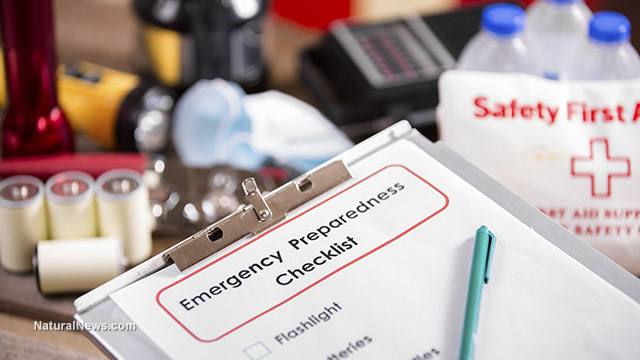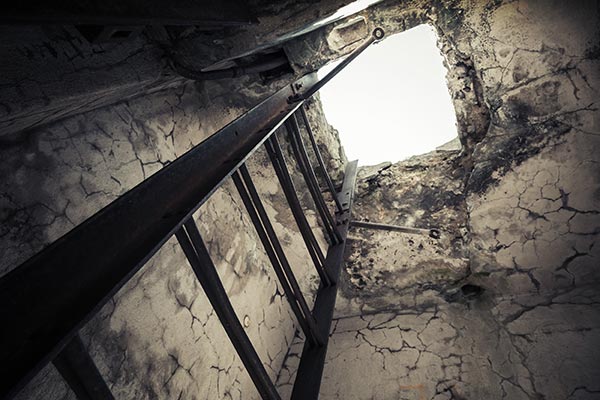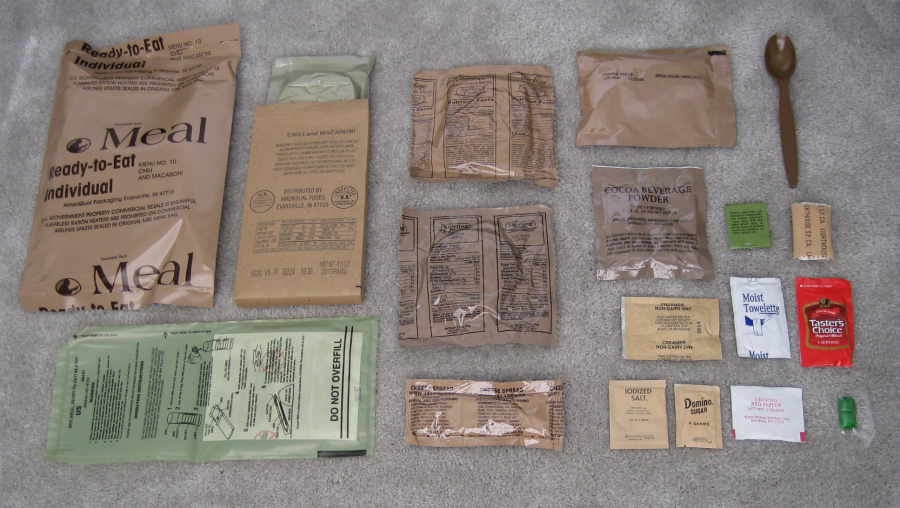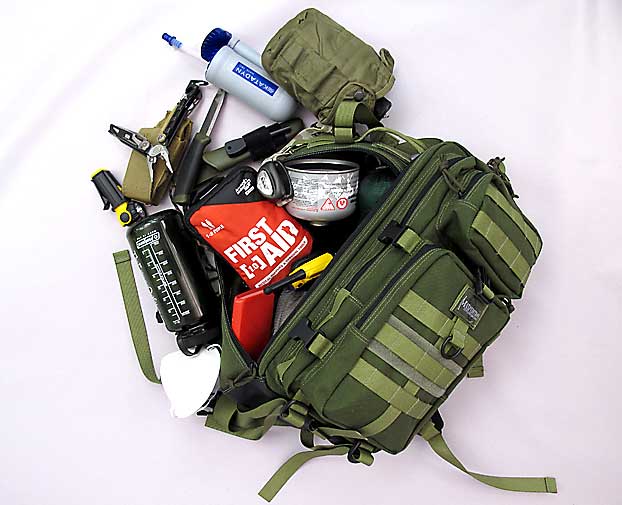6 Ways to tell the time without a clock
07/14/2021 / By Divina Ramirez
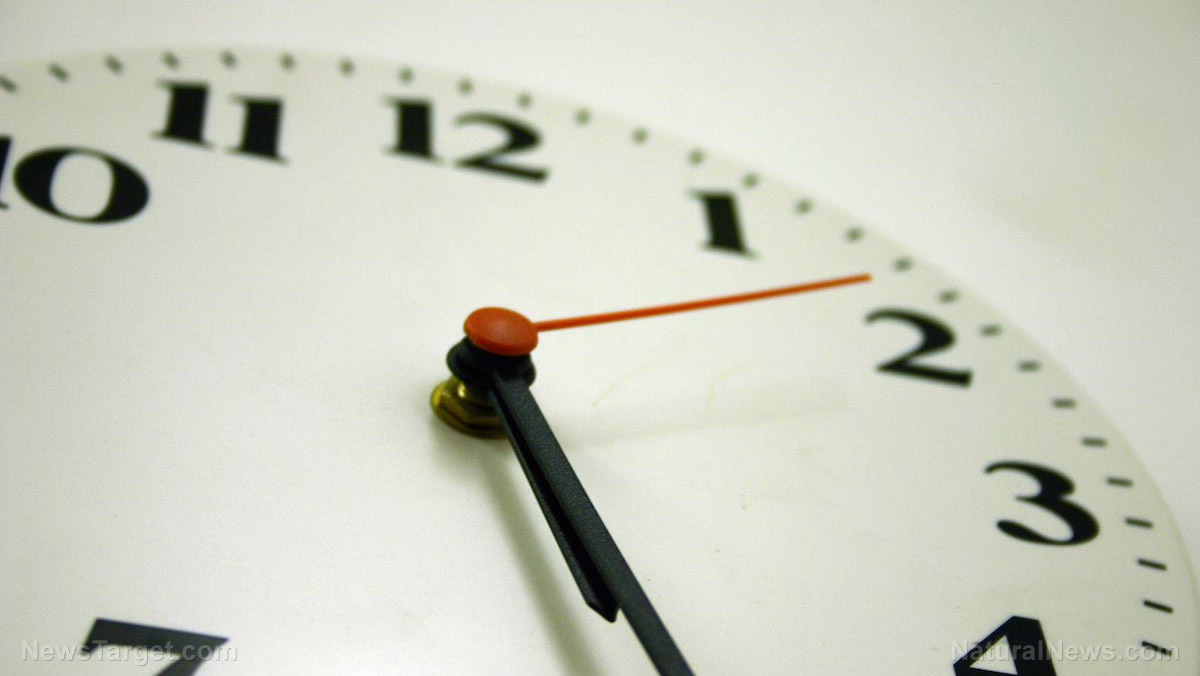
You don’t have to have been a Boy Scout to know that when the sun is at the center of the sky, it’s around noon, or that the sun rises in the east and sets in the west. That said, this basic way of tracking time isn’t very precise, limiting its use when you can’t see the sun.
Thankfully, there are many ways to tell the time without clocks or smartphones. Preppers and survivalists should know how to do so because it will be a valuable skill when SHTF.
Here are six methods to keep track of time: (h/t to UrbanSurvivalSite.com)
1. Use your fingers
One way to tell the time fairly accurately is by using your fingers. Start by facing the horizon in the direction of the sun. Extend one arm and bend your palm inward so that your hand and wrist are making an L-shape. Your four fingers should be flat, together and facing you. You don’t need to use your thumb for this method.
Each finger is equivalent to 15 minutes. If you can fit all four fingers between the horizon and the sun, then the sun will set in one hour. If the sun is higher in the sky, extend your other arm and do the same thing. Count how many fingers are between the sun and the horizon and add the minutes they represent accordingly.
2. Find the Big Dipper
You can also tell the time at night by locating the Big Dipper, which is part of the Ursa Major constellation. The two stars at the end of the dipper point to the North Star or Polaris. Imagine the Polaris is at the center of a clock in the sky. Draw an imaginary line that runs from the Polaris to the outer stars of the Big Dipper.
The line you draw is the hour hand of the clock in the sky. Now, picture that hand moving counter-clockwise as if it were on a 24-hour clock. Follow military time. If the hour hand is pointing straight up, that means it is midnight.
If it isn’t midnight, you’ll need to use the imaginary hour hand to approximate the time. Enter the time you came up with into an equation. To start, count how many months it has been since March 6 of your current year. Take that number and multiply it by two. Subtract the total from the time you came up with to get the actual time.
March 6 is significant because you don’t need the equation if that is the current date. The time you estimated is the actual time.
3. Read a sundial
Sundials go all the way back to the Ancient Greeks and Romans. These instruments are a relatively reliable way to tell the time. Reading a sundial requires a basic knowledge of how the sun moves across the sky and knowing that the Earth is tilted at an angle.
Start by placing your sundial on the ground or on any flat, horizontal surface. If you’re in the Northern Hemisphere, the projecting piece, called the gnomon, should face north. If you’re in the Southern Hemisphere, it should face south. You’ll need to use a vertical sundial if you’re at the equator.
Take note when the gnomon is casting a shadow. Mark the length of the shadows with small stones. Keep track of the shadow from the gnomon as the day goes on until you mark the last shadow. When looking at the marked shadows, look for the shortest shadow from the gnomon. That represents midday.
You can then do some simple geometry to determine the time that the other marked shadows represent.
Follow this guide to make a simple sundial out of a paper plate and a straw.
4. Burn a knotted rope
This clock is nothing more than a thick, knotted rope that’s burned slowly. The distance between each knot represents an hour. Once the length between two knots has been burned through, it means an hour had passed. You’ll need a thick rope made from natural fibers and somewhere to hang it from. Avoid cotton. (Related: 6 Types of rope and why you need them for survival.)
To start, determine how much rope will burn in an hour. Hang the rope and light the bottom. Measure the length of the rope before and after the hour has passed and take note of the difference. This will determine how far apart the knots will be. Take note of the thickness and the type of rope you used.
5. Take note of landmarks
In ancient Scandinavia, people determined key times of the day, such as midday or high noon, by marking natural features of their environment.
For instance, if the sun rises over a mountain’s peak, that means it’s midmorning. If it’s right over a valley, that means it’s midday. You can do the same thing by taking note of landmarks around your home that align with the sun. Confirm the actual time with a wristwatch or a sundial.
6. Observe your surroundings
Humans began keeping track of time by simply reading elements in nature. That entails observing and making conclusions based on those observations. To get the hang of telling the time without a clock, you have to pay close attention to your surroundings.
For instance, every time you check your wristwatch or cell phone for the time, look at the sky. Repeat this so you know what the sky looks like at a certain time. Eventually, you’ll be able to approximate the time just by looking at the sky.
Follow Survival.news to learn more about other crucial survival skills.
Sources include:
Tagged Under: preparedness, prepper, prepping, survival, survival skills, survivalist, time, timekeeping
RECENT NEWS & ARTICLES
COPYRIGHT © 2017 OFFGRID NEWS


